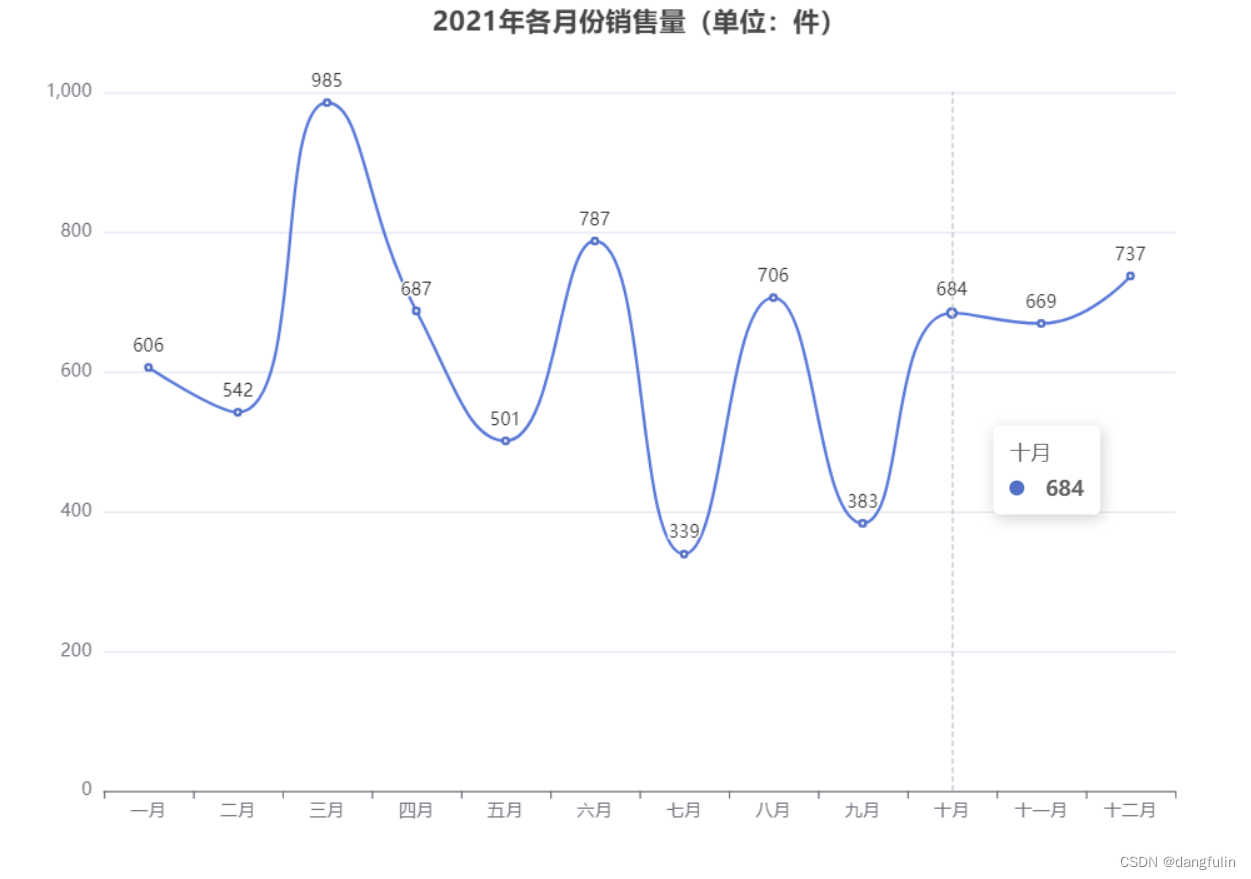前言
一般情况下每个vue组件都用"<template>"写html, 但实际还可以在js代码中通过render函数生成dom. 最主要常见组件库也需要配合"h"使用.
render
render是组件的一个选项, 他的返回值会被作为组件的DOM结构.
<script>
import { defineComponent} from "vue";
export default defineComponent({
render(){
return '123456789'
}
});
</script>
试试插入html:
<script>
import { defineComponent } from "vue";
export default defineComponent({
render(){
return '<h2>123456789</h2>'
}
});
</script>
可以看到html标签被当做字符串渲染了,** 并没有生成h2标签. 如何正确插入h2标签呢?**
VNode
如果想插入DOM就要用到"VNode", VNode是vue对页面DOM节点的描述, 其是一个Object类型.

h
结构这么复杂的"VNode"肯定不是自己拼写的, 官方提供了"h"函数, 可以帮助我们生成"VNode"
<script>
import { defineComponent, h } from "vue";
export default defineComponent({
render() {
const props = { style: { color: "red" } };
return h("h2", props, "123456789");
},
});
</script>这次生成了真正"h2":

"h"函数的第1个参数是"标签名", 第2个是"属性", 在这个例子里可以理解为html的所有属性, 第3个是"内容". "内容"不仅仅可以是字符串, 还可以是"VNode"或2者混合:
<script>
import { defineComponent, h } from "vue";
export default defineComponent({
render() {
const props = { style: { color: "red" } };
const small = h("small", "副标题");
return h("h2", props, ["123456789", small]);
},
});
</script>如果实际只传入2个参数, 那么第二2参数就会作为内容, 比如这里的"small".

渲染组件
"h"还可以渲染"组件", 这一下灵活度就上来了, 假设我们有一个"switch"组件, 其支持<switch v-model:checked="checked"/>.
<script>
import { defineComponent, h } from "vue";
import ASwitch from "../components/ASwitch.vue";
export default defineComponent({
components: { ASwitch },
data() {
return { checked: false };
},
render() {
return h(ASwitch)
}
});
</script>这里注意第1个参数还支持传入组件对象. 效果如下:

但是你可以发现了, "switch"虽然显示了, 但是点击后按钮并不能切换.
h函数中使用"v-model"
上面不能切换是因为没有像在模板中那样使用"v-model".
<a-switch v-model:checked="checked"></a-switch>
回忆下前面讲过的"自定义双向数据绑定"课中讲的如何实现"v-model", 对比下可以发现上面"h"中,没有定义"props"和"v-on事件监听", 怎么写呢? 先说一个重要的知识点: 组件上的事件监听其实也可通过"props"传入:
<a-switch @update:checked="onChange"></a-switch> <!-- 等价写法: --> <a-switch :onUpdate:checked="onChange"></a-switch>
所有的自定义事件, 都可以通过":on"前缀通过props传入. 所以在"h"中可以通过第2个参数传入"checked"属性和"onUpdate:checked"事件实现"v-model"的等同操作.
<script>
import { defineComponent, h } from "vue";
import ASwitch from "../components/ASwitch.vue";
export default defineComponent({
components: { ASwitch },
data() {
return { checked: false };
},
render() {
return h(ASwitch, {
checked: this.checked,
["onUpdate:checked"]: (checked) => {
this.checked = checked;
},
});
},
});
</script>使用场景
实际开发中很多第三方组件都设计了可以接收"VNode"的"属性", 比如"ant-design-vue"的"Table"组件的"columns"属性中的"customRender"属性, 可以通过传入"VNode"实现样式自定义:
{
title: '状态',
customRender({ record }: any) {
if (1 === record.state) {
return h(Tag, { color: 'success' }, () => `开启`);
} else {
return h(Tag, { color: 'error' }, () => `关闭`);
}
},
},代码中通过"h"渲染了"Tag"组件,效果如下:

总结
这节课讲了3个概念, 帮大家整理下他们3者的关系:** "render"函数的返回值需要是"VNode"格式, "h"函数可以构造"VNode"格式数据. **
到此这篇关于vue3中h函数的常用使用方式的文章就介绍到这了,更多相关vue3中h函数使用内容请搜索阿兔在线工具以前的文章或继续浏览下面的相关文章希望大家以后多多支持阿兔在线工具!


